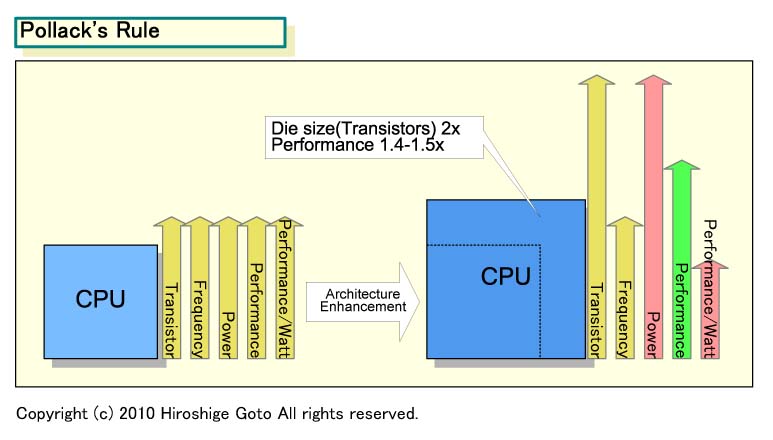I must be based off obsoleted/no longer true info, part of my original claims were based on data like these:
The thing to realize you have to account for with these types of "technology comparison" graphs is that they are created while normalizing a whole host of other IC parametrics constant in the background.
Reality is far more complex.
It is graphs like the one you referenced above which foretold the end of scaling 2 decades ago if we wanted to talk about going below 1um.
The graphs are legit, the data behind them are solid, but the problem is that they are prone to all manner of incorrect interpretation and projection.
I only know to recognize this because I've been on both sides of the fence, the outsider yearning to understand what all the engineers were yammering on about in terms of Moore's law really being about economics rather than technology and then on to becoming one of those engineers who was doing the yammering.
I've been involved with ITRS committees, led JDP's, heck I was even awarded a $2m grant to by the NSF to develop next-next-gen interconnect technologies...I wouldn't call "it" all a smokescreen, but to say that the future is either Plan A (insert doomsday scaling graph here) or nothing at all is a fairy tale that is certainly promulgated in the industry because sometimes it benefits you to forever play the part of the beggar. I definitely would not have had the opportunity to make my pitch to the NSF if I didn't have some doom and gloom scenarios about the future of CMOS technology to show.
Think of the space race, get a man on the moon first. In hindsight it was kind of a silly platform for why we "had" to do it,
or else. But the ends justified the means, there was a lot of benefit to come from having done it.
Interconnect doom and gloom is kind of like that IMO. I've seen how the industry works, been part of the system. Been on the hamster wheel and climbed back off it. The challenges exist, make not doubt about it, but in the end the challenges are merely about generating options, alternative solutions, then the accountants come in to do their magic and decide for the engineers which of the solutions makes the most sense to the business that paid for the R&D to generate those options.
But fear is a good motivator. So we'll keep making those doom and gloom graphs to show academia, to show congress, to show our bosses, so we get the resources we feel we need to do the kinds of R&D we want to do. That's just business as usual.





